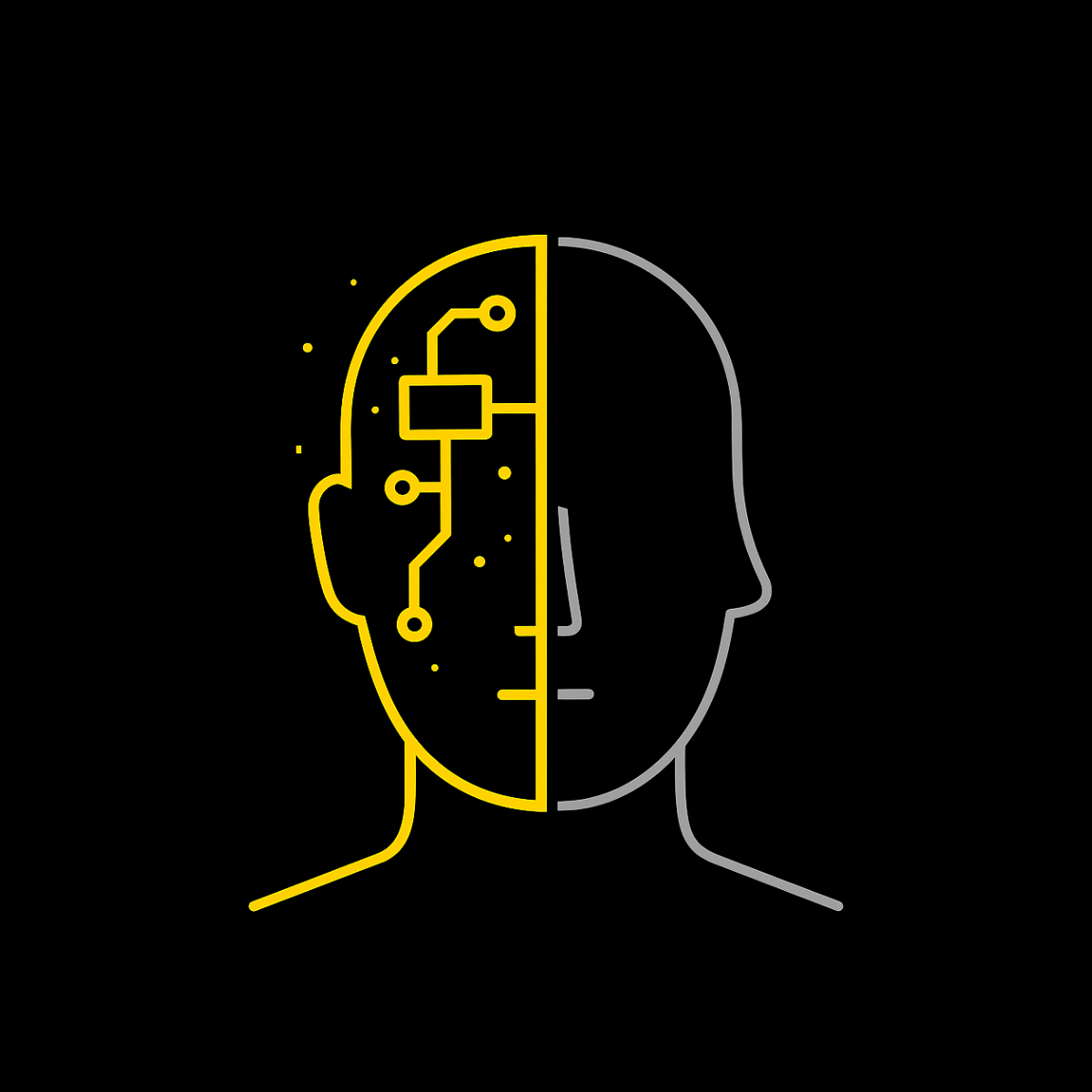

AI is becoming ubiquitous in product and delivery teams. From drafting user stories to generating timelines, it’s helping us move faster than ever. But with that speed comes a growing concern: are we starting to confuse AI-generated polish with actual human competence?
Across teams and industries, we're seeing patterns emerge—decisions being accepted without scrutiny, strategies shaped by algorithms rather than user insight, and polished outputs masking shallow understanding.
This isn't just about AI adoption. It’s about the subtle ways it's reshaping how we work, and the risks we run when we stop asking the hard questions.
There’s no question AI is turbocharging how product teams operate. Tools like Copilot, Perplexity, ClickUp AI, and Dovetail are helping us ideate faster, document cleaner, and predict better. It feels like we've levelled up overnight.
But something uncomfortable is happening underneath.
We’re seeing junior PMs ship specs they don't fully understand. Roadmaps are being populated by trends rather than customer truths. And worst of all, we're losing the instinct to ask, "Does this make sense?"
When AI handles the hard bits, it's easy to start believing we’re smarter than we are. The work looks polished. The language sounds confident. But the depth? The domain understanding? Often missing.
Here are just a few real stories that have emerged across teams:
These aren’t failures of AI. They’re failures of how we’ve chosen to integrate AI into the way we work.
We often talk about AI replacing roles. But in product teams, the bigger risk is this: AI is replacing thought before replacing people.
So, what do we do? Ban AI tools? Not at all.
We need to reframe how we use them. AI isn’t our co-pilot. It’s our intern: fast, tireless, but lacking context and judgment. We still need to drive.
Here’s how:
AI is here to stay. That’s a good thing. But as product and delivery leaders, we must ask ourselves: Are we building teams that understand problems deeply or just teams that prompt well?
The next generation of great product teams won’t be defined by how fast they use AI tools. They’ll be defined by how well they combine human judgment, customer obsession, and critical thinking with those tools.
In the race to build faster, let's not forget to build smarter.